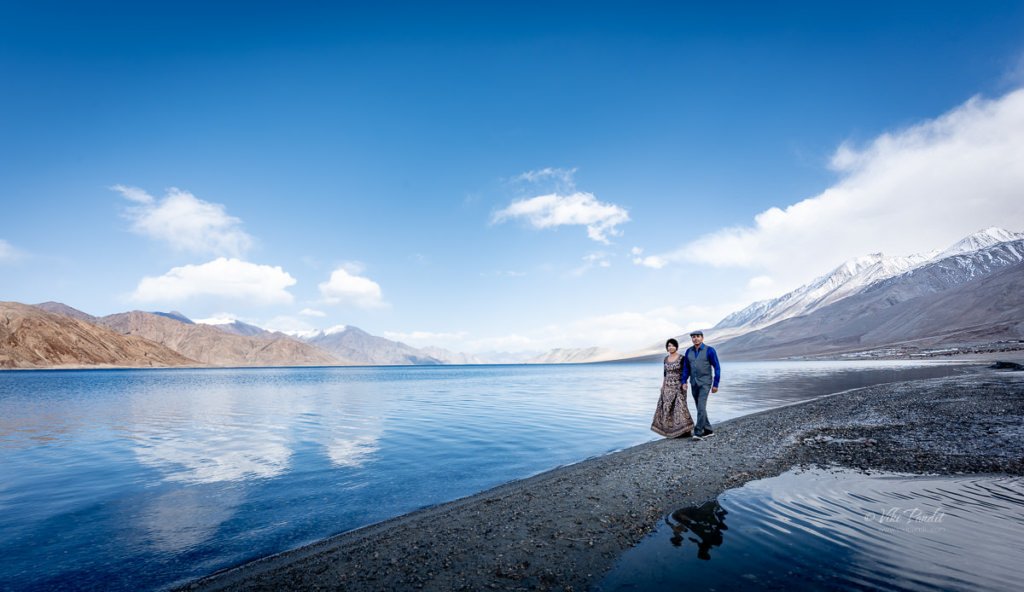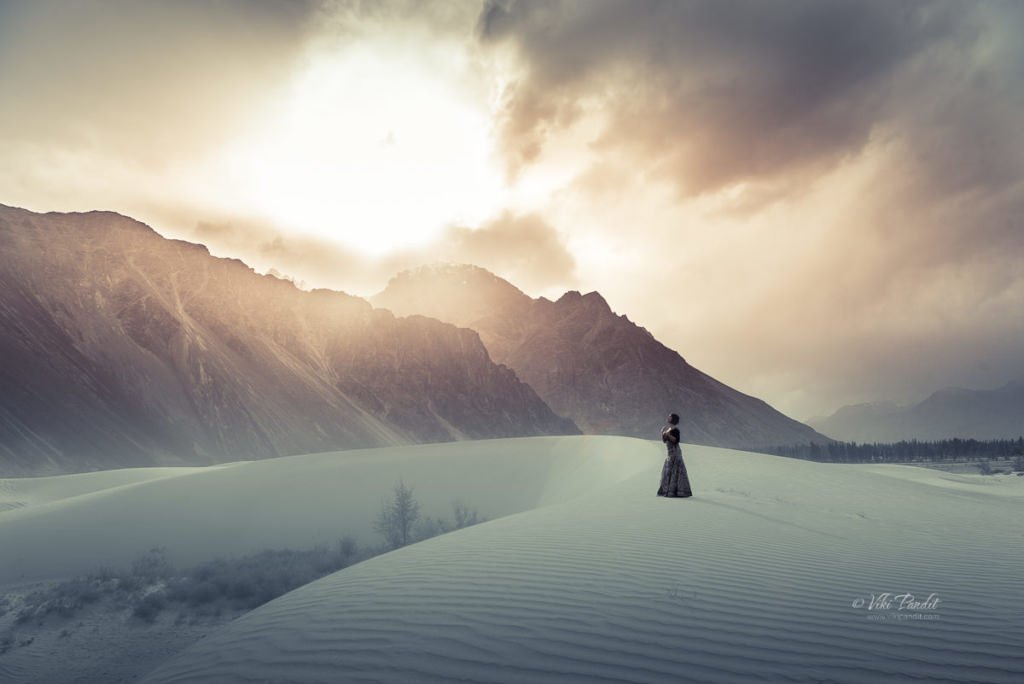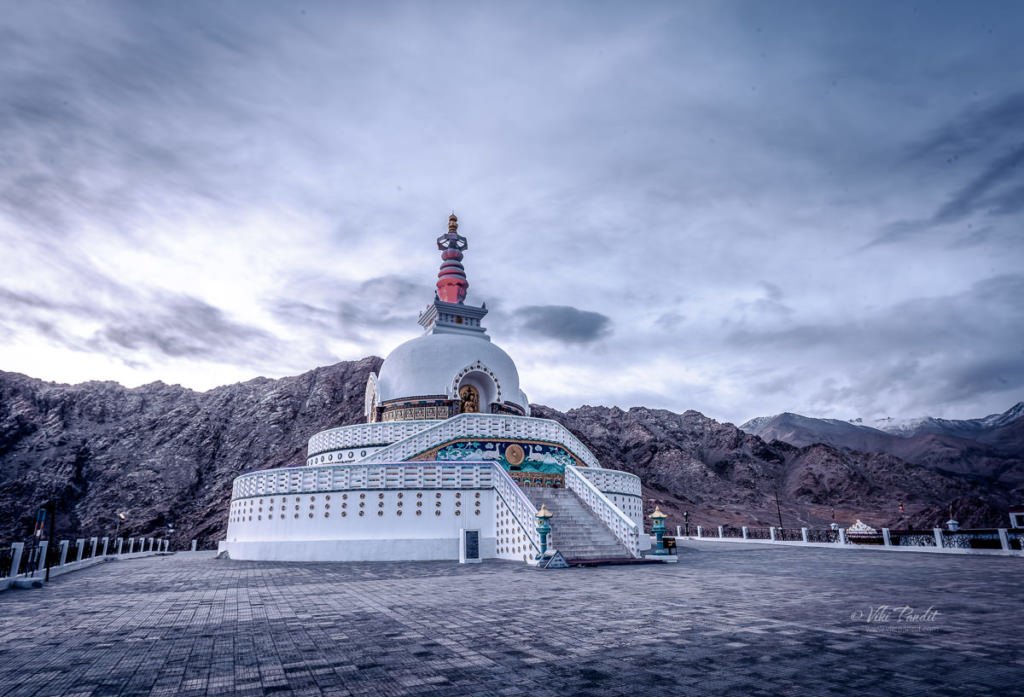

Apricot blooms in Ladakh
Ladakh is a magical place known for its gorgeous mountains, crystal-clear lakes, and rich cultural traditions. This is my second visit to the land of passes. This time Mani and I came a month early to capture the Apricot Blossom Festival in Ladakh that celebrates the region’s natural beauty and cultural heritage. The festival takes […]





